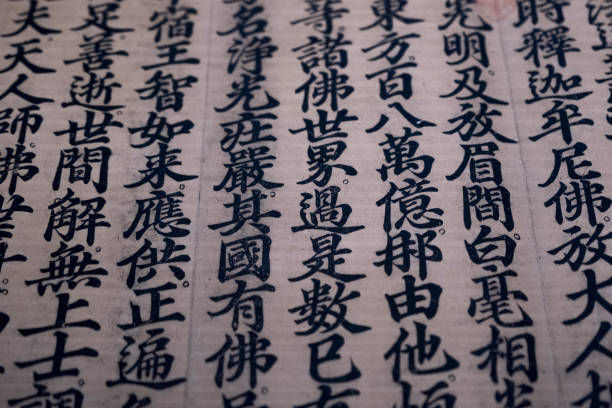

History of Japanese Calligraphy
Japanese calligraphy, known as "shodo" in Japanese, has a rich history that spans over a thousand years. The art form has evolved through various periods, influenced by different cultural, social, and artistic developments. Here's a brief overview of the history of Japanese calligraphy:
Introduction of Chinese Calligraphy (5th-6th centuries): The roots of Japanese calligraphy can be traced back to the introduction of Chinese characters (kanji) to Japan in the 5th and 6th centuries. At this time, Japan adopted Chinese writing systems along with other aspects of Chinese culture and governance.
Development of Japanese Writing Styles (7th-9th centuries): Over time, the Japanese developed their writing systems, including hiragana and katakana, which were simpler scripts derived from Chinese characters. This marked the beginning of a distinct Japanese calligraphic tradition.
Heian Period (794-1185): The Heian period saw the establishment of a Japanese imperial court, and with it, the flourishing of calligraphy as an art form. This era produced some influential calligraphers, and the calligraphic style became more refined and sophisticated.
Kamakura and Muromachi Periods (1185-1573): During these periods, Zen Buddhism gained prominence in Japan, and calligraphy became closely associated with Zen practices. Zen monks and samurai warriors practiced calligraphy as part of their spiritual and martial training. Simplicity, spontaneity, and expressiveness became key elements of calligraphy during this time.
Azuchi-Momoyama Period (1573-1603) and Edo Period (1603-1868): The Edo period witnessed the rise of the Tokugawa shogunate and a period of relative peace and stability. Calligraphy continued to be popular, and various schools of calligraphy emerged, each with its unique style. The "bunjin-ga" movement, which combined calligraphy with painting and poetry, gained prominence during this time.
Meiji Period (1868-1912): The Meiji Restoration marked a period of modernization in Japan. Calligraphy faced challenges as traditional practices clashed with the influence of Western ideas. Despite this, there was a revival of interest in traditional arts, and calligraphy schools adapted to new trends.
Showa Period (1926-1989) and Postwar Era: The early 20th century saw a resurgence of interest in traditional Japanese culture, including calligraphy. Calligraphy became more accessible to a wider audience, and various styles and approaches continued to develop.
Contemporary Period: Today, Japanese calligraphy remains a popular and respected art form. While traditional styles are still practiced, contemporary calligraphers often explore innovative approaches and techniques. Calligraphy is taught in schools, and exhibitions and competitions continue to showcase the diverse talents within the art form.
Throughout its history, Japanese calligraphy has been more than just a form of writing; it has been a means of expression, a spiritual practice, and a reflection of cultural and societal changes. The art continues to evolve, blending tradition with modern influences.



